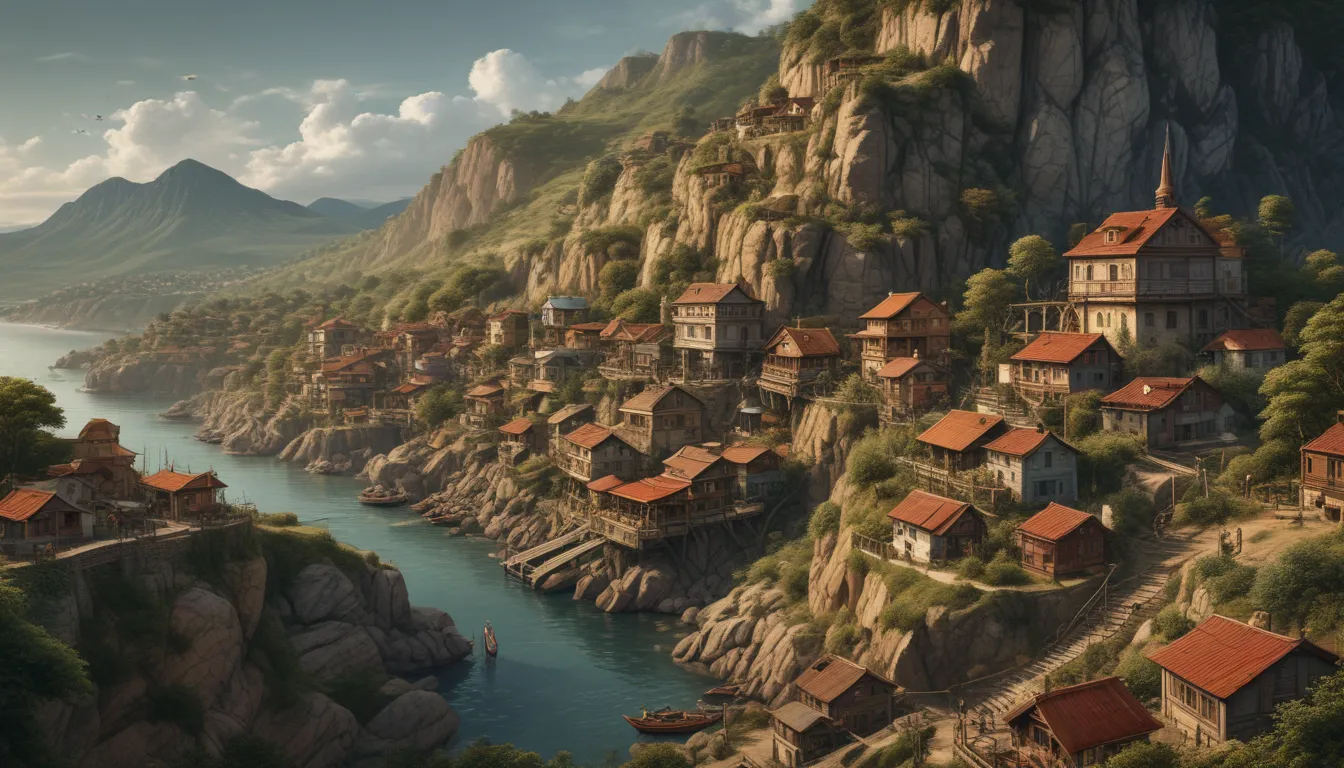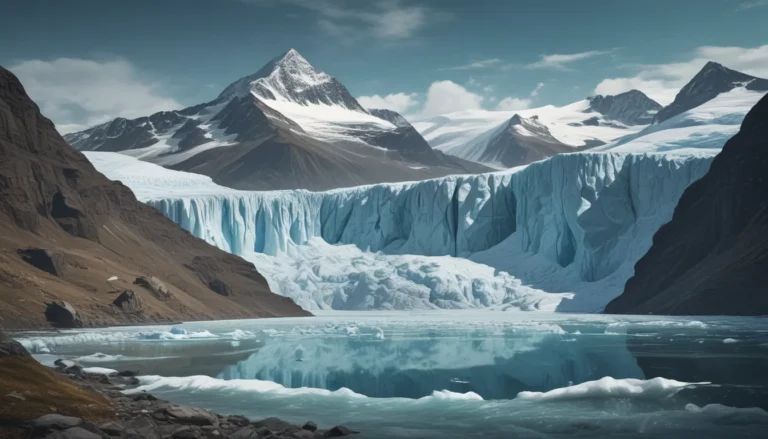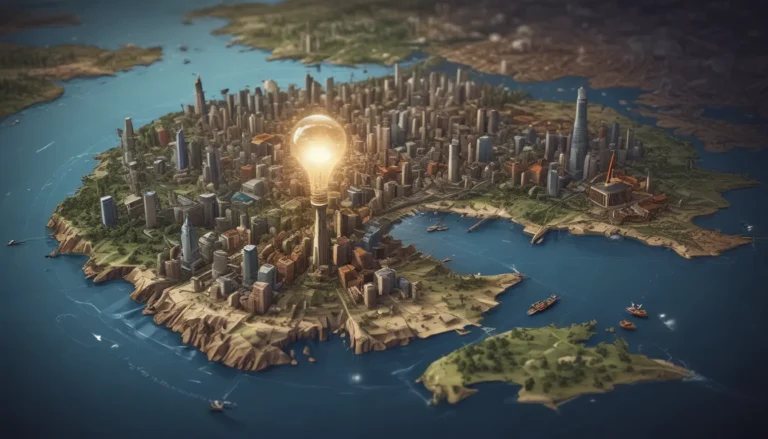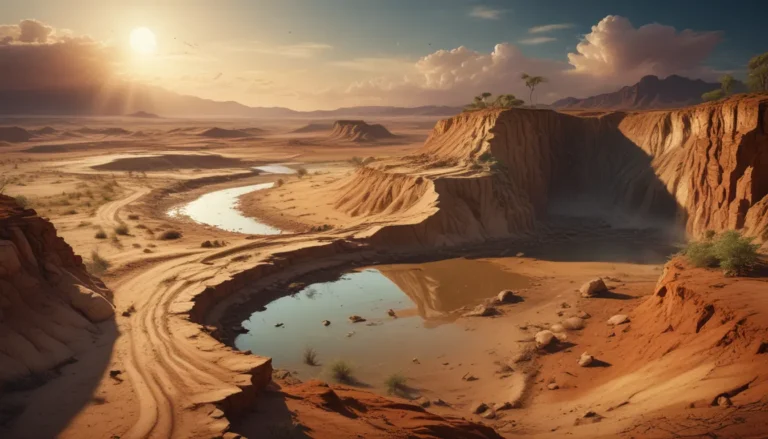A Note About Images: The images used in our articles are for illustration purposes only and may not exactly match the content. They are meant to engage readers, but the text should be relied upon for accurate information.
Human settlement has captivated the minds of researchers, historians, and geographers for centuries. It is a subject full of complexities and nuances that offer a glimpse into our past, present, and future. From ancient civilizations to modern metropolises, the patterns of human settlement reveal a tale of adaptation, innovation, and cultural diversity.
Join us as we embark on a journey to unravel 16 enigmatic facts about human settlement that shed light on the extraordinary ways in which we have shaped and molded the world around us. From the dawn of civilization to the challenges of urbanization, we will explore the intricate details of how and why humans have chosen to establish themselves in various locations across the globe.
Human Settlement: A Tapestry Woven Through Time
Human settlement traces its origins back thousands of years, from the nomadic tribes of ancient times to the sprawling metropolises of today. The evolution of settlement patterns has provided us with a deep understanding of how human societies have developed over time. But where did it all begin?
The Influence of Geography on Human Settlement
Geography plays a pivotal role in determining where humans choose to settle. Factors such as climate, topography, and access to water sources all shape the development and sustainability of settlements. The intricate relationship between humans and their environment has significantly influenced the course of human history.
Unveiling the Secrets of the Oldest Known Human Settlement
Step back in time to around 9600 BCE, where the oldest known human settlement, Göbekli Tepe, challenges our preconceived notions of early human civilization. Located in modern-day Turkey, this archaeological site offers a glimpse into the lives of our ancient ancestors.
Ushering in the Era of Urbanization and Cities
As societies expanded and technology progressed, the concept of urbanization took root. Cities emerged as hubs of trade, culture, and governance, giving rise to civilizations such as ancient Mesopotamia, Egypt, and Greece.
The Transformative Impact of Industrialization
The Industrial Revolution marked a turning point in human settlement patterns. The proliferation of factories and industries prompted rural populations to migrate to cities in search of employment opportunities. This mass urbanization reshaped society and continues to shape our world today.
Embracing the Phenomenon of Suburban Sprawl
The 20th century witnessed the rise of suburban sprawl as a dominant trend in settlement patterns. Affordable housing options and enhanced transportation networks fueled the expansion of suburbs surrounding major cities.
Fostering Connectivity through Infrastructure Development
The development of infrastructure, including roads, railways, and airports, has been instrumental in connecting settlements and fostering economic growth. These advancements have facilitated the global expansion and interconnectedness of human settlements.
Confronting the Challenges of Overpopulation
The escalating global population presents significant challenges for human settlement. Overcrowding, resource depletion, and the imperative for sustainable planning are pressing concerns in the contemporary world.
Embracing the Ascendancy of Mega Cities
In recent years, mega cities with populations exceeding 10 million have become increasingly prevalent. These urban giants pose unique challenges and opportunities, concentrating vast populations, resources, and wealth in a single geographic area.
Pioneering Sustainability with Smart Cities
The increasing awareness of environmental issues has propelled the concept of sustainable and smart cities into the spotlight. These cities prioritize renewable energy, waste management, efficient transportation systems, and intelligent urban planning to pave the way for a more livable and eco-friendly future.
Addressing Rural Depopulation and Revitalization
Many rural areas are witnessing depopulation as younger generations flock to urban centers. Revitalization efforts are underway to rejuvenate these communities, emphasizing the preservation of local culture, economic diversification, and enhanced infrastructure.
Safeguarding Settlements from Natural Disasters
Human settlements are often vulnerable to natural disasters such as hurricanes, earthquakes, and floods. Effective planning, early warning systems, and disaster preparedness are crucial in mitigating the impacts of these events on human lives and infrastructure.
Navigating the Challenges of Coastal Settlements
With the escalating sea levels due to climate change, coastal settlements face imminent threats. Erosion, flooding, and saltwater intrusion present formidable challenges, necessitating adaptive measures to secure their long-term survival.
Reflecting on Historical Settlements Lost to Time
Throughout history, numerous settlements have faded into obscurity, erased by time and the elements. These forgotten cities and towns serve as poignant reminders of the impermanence of human settlements and the urgency of continued preservation and exploration.
Paving the Way for Human Settlements Beyond Earth
As humanity embarks on space exploration, the prospect of human settlements on other planets sparks curiosity and scientific inquiry. The complexities of colonization and the quest for habitable environments beyond Earth offer tantalizing possibilities and uncharted territories for future generations.
Charting the Course for the Future of Human Settlement
The enigmatic facts surrounding human settlement provide a glimpse into the ever-evolving realm of human habitation. As we progress and adapt, it is imperative to consider the social, economic, and environmental implications of our settlement patterns, ensuring a sustainable and prosperous future for all.
In Closing
Human settlements stand as a testament to our ingenuity and adaptability. From ancient civilizations to modern cities, the narratives of our settlements weave a captivating tale of human society and culture. The enigmatic facts surrounding human settlements offer profound insights into our history, resilience, and transformative capabilities. As we contemplate the past and present, let us forge a path toward a future that harmonizes with our environment and sustains our communities.
FAQs
- What is the oldest known human settlement?
-
The oldest known human settlement is in Jericho, located in the West Bank. It dates back to 9,000 B.C., making it over 11,000 years old.
-
What factors influence the location of human settlements?
-
Access to resources such as water, fertile land, and transportation routes, as well as natural features like mountains, rivers, and coastlines, influence settlement locations.
-
How has technology influenced the development of human settlements?
-
Technological advancements in transportation, communication, and infrastructure have played a significant role in the growth and connectivity of cities and settlements.
-
What defines a city as a “megacity“?
-
A megacity is characterized by a population of over 10 million people. These urban areas often face distinct challenges related to transportation, housing, and resource management.
-
How do human settlements impact the environment?
- The construction of buildings, infrastructure, and resource consumption in human settlements contribute to pollution, deforestation, and biodiversity loss. Sustainable urban planning aims to mitigate these impacts.
Embracing Knowledge and Exploration
Our dedication to delivering accurate and engaging content lies at the core of our mission. Each fact shared on our platform is a contribution from individuals like you, enriching our repository with a wealth of diverse insights and information. Our meticulous editorial team ensures the highest standards of credibility and authenticity, guaranteeing that the facts we present are not only captivating but also reliable. Trust in our commitment to quality and authenticity as we embark on a journey of exploration and discovery together.






